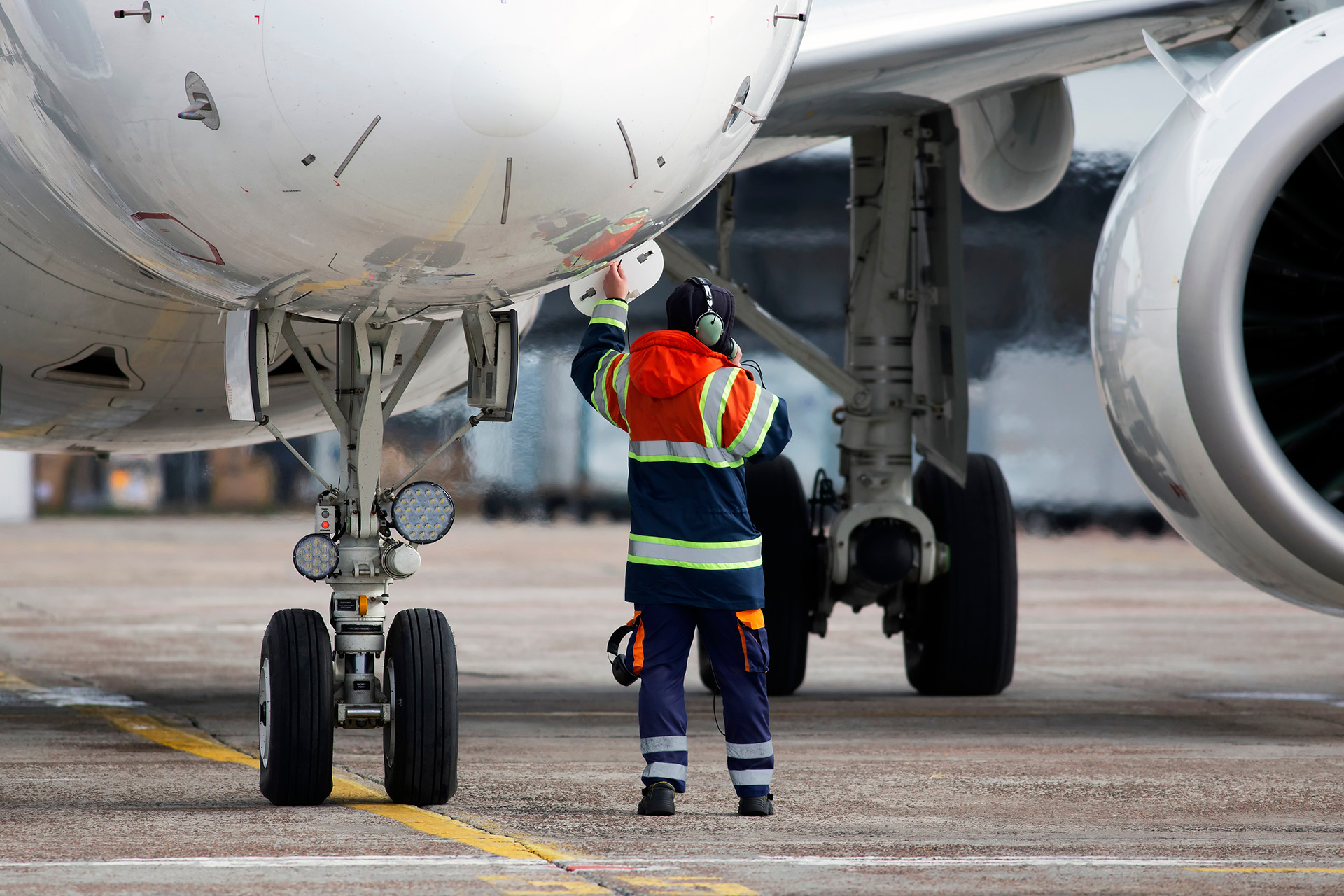It’s important to consider human factors and their associated risks within management systems. Human Factor considerations should be integrated within safety management systems and as human performance is variable, the factors that effect this should be considered.
The operating landscape may have changed after the pandemic and it’s important to take a Systems Thinking view when capturing these risks.
The below list is not exhaustive; however, organisations should consider HF risks associated with their operating context such as:
Distraction
There are likely to be multiple distractions that will need to be managed. These range from personal issues (managing personal commitments) as well as those arising from the working environment (changes to procedures, task load/ workload, passenger behaviour, work scheduling, hybrid working arrangements and the potential of feeling remote from organisational support for example, IT support or feeling further from the organisational culture etc.).
Communication
Some forms of communication may have changed (e.g. increase use of IT platforms such as Teams or Zoom) care should be taken to ensure that effective communication is able to take place (for example hybrid working commitments) Considering flows of communication and how hybrid working can have an impact on decision making.
Environment
Aviation is a dynamic environment some factors may be predictable and others may not. There can be several factors that can disrupt operations such as, but not limited too:
- infectious disease outbreaks such as Covid-19
- natural events - volcanic activity, earthquakes, Tsunamis
- conflict zones or other world events (protests)
It is important to build in resilience to support and mitigate the effects of disruption.
Resilience can be considered in many forms such as providing adequate and effective training for employees to enable them to undertake their tasks, ensuring there are sufficient resources, by practicing emergency and abnormal procedures to test and verify procedures and processes. Having robust emergency responses processes in place.
Competence and Confidence
Factors that can impact on employee competence, recency and familiarity. There should be consideration for supporting employees who have returned to work after an extended absence.
Third Party
Interaction with other organisations to include considerations that may help when dealing with groups who have a different culture, training standards, attitudes to work and considerations of lead time and supply chain logistics.
Fatigue
Fatigue is defined as a physiological state of reduced mental or physical performance capability resulting from sleep loss or extended wakefulness, circadian phase, or (mental and/or physical activity) that can impair a crew member’s alertness and ability to safely operate an aircraft or perform safety-related duties. (ICAO)
Fatigue can impact all employees.
There may be operational or schedule related fatigue, including issues associated with periods of intense activity or under arousal due to long periods time with low workload. In addition, the issues listed above may increase fatigue as people try to adapt to the changed environment and are potentially fearful of calling in fatigued or sick.
Psychosocial risks
Their consequences on mental health and wellbeing. Psychosocial risk factors are things that may affect workers' psychological response to their work and workplace conditions (including working relationships with supervisors and colleagues). Examples are, although not exhaustive:
- high workloads,
- tight deadlines,
- lack of control of the work and working methods.
Tools & Techniques
Tools to help mitigate these issues (though not exhaustive) include;
- safety promotion activities focused on supporting people to develop an awareness and appreciation of the adjustments.
- revising hazard and risk registers and safety management systems to adapt to the changed environment.
- a programme of refresher training for staff involved in complex tasks.
- empowering people to slow down or stop the operation if needed.
- recording and learning from any safety events which occur.
- building in resilience.
Human Performance
The ICAO five human performance principles are useful in considering the practical application of human factors. Below is a link to doc 10151 for further guidance.
https://www.icao.int/safety/OPS/OPS-Normal/Pages/HP.aspx
Courses
Below is a link of a selection of HF Courses through CAAi

